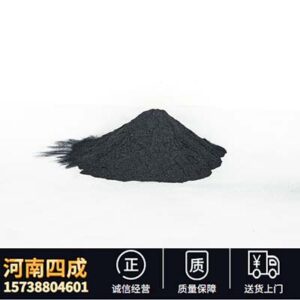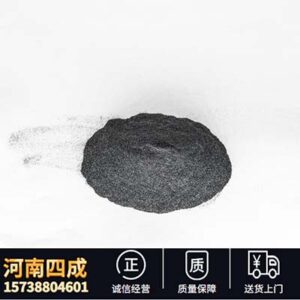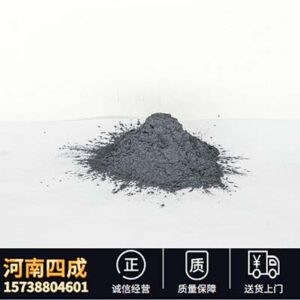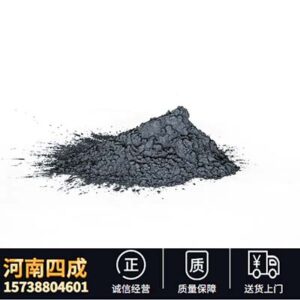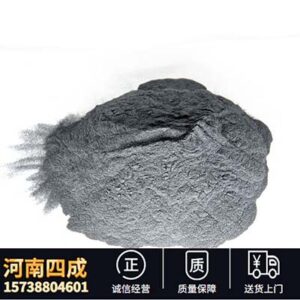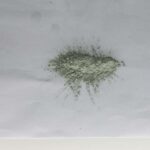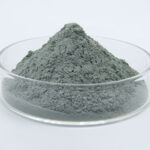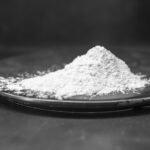In daily life, many people will confuse some abrasives or some rough stones, thinking that they are all the same, and their uses are also the same. For example, some people will call emery, silicon carbide, and brown corundum silicon carbide. Is this name really reasonable? Many people don’t know their specific uses when they can’t tell the difference, so today I will take you to see the difference between emery, silicon carbide and brown corundum.
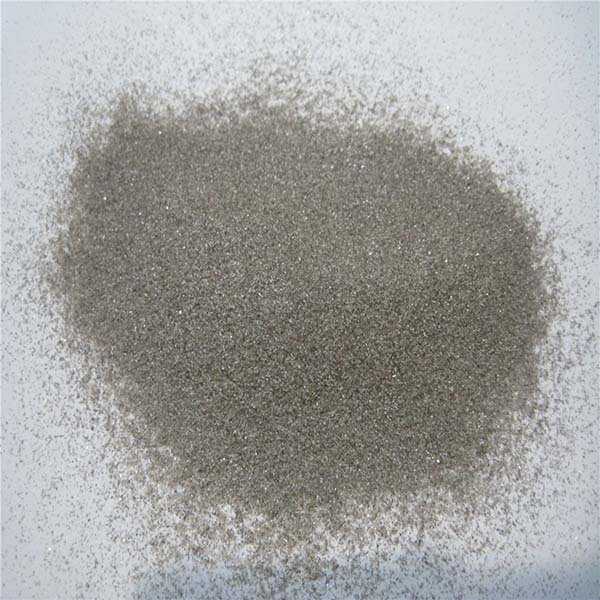
1. Different raw materials
Brown corundum: commonly known as corundum, is a brown artificial corundum produced by melting and reducing alumina, carbon materials and iron filings in an electric arc furnace. Hence, it is called by this name. The main chemical composition of brown corundum is aluminum oxide, its content is 95.00%-97.00%, and it contains a small amount of iron, silicon, titanium, etc. Brown corundum is the most basic abrasive, and it is widely used because of its good grinding performance, wide application range and low price.
Emery, also known as silicon carbide (SiC), is made of quartz sand, petroleum coke (or coal coke), sawdust (adding salt to produce green silicon carbide) and other raw materials through high-temperature melting in a resistance furnace.
Silicon carbide is also a rare mineral in nature, kyanite. Silicon carbide is also known as moissanite. Since the natural content is very small, silicon carbide is mainly man-made. The common method is to mix quartz sand with coke, use silicon dioxide and petroleum coke, add salt and sawdust, put it in an electric furnace, heat it to a high temperature of about 2000°C, and obtain silicon carbide micropowder after various chemical processes .
2. Different uses
Brown corundum can be used to manufacture ceramics, resin high-consolidation abrasives, grinding, polishing, sandblasting, precision casting, etc., and can also be used to manufacture advanced refractory materials.
Corundum is suitable for grinding fine-grained abrasives such as high-carbon steel, high-speed steel and stainless steel, and white corundum can also be used for precision casting and advanced refractory materials.
Silicon carbide mainly has four major application areas, namely: functional ceramics, advanced refractories, abrasives and metallurgical raw materials.
3. Different properties
Brown fused alumina has the characteristics of high purity, good crystallization, strong fluidity, low linear expansion coefficient and corrosion resistance. Brown fused alumina can only be used to remove burrs on the surface of stainless steel, carbon steel, aluminum alloy and other hardware parts.
Corundum has the characteristics of high purity, good self-sharpening, acid and alkali corrosion resistance, high temperature resistance, and stable thermal performance.
In comparison, the hardness of corundum is higher than that of brown corundum, which has a strong cutting force and is used to remove metal or non-metal burrs. It has a polishing effect on the surface grinding of parts, and it belongs to medium polishing abrasives.
The above is the relevant content of the “differences between corundum, silicon carbide, and brown corundum” introduced in detail for you. In summary, brown corundum, commonly known as emery, and corundum is also known as silicon carbide, so there is no difference between the three. There are differences, but there are some differences in usage. When we choose, we still have to choose the product that suits us according to the performance of the abrasive itself.

